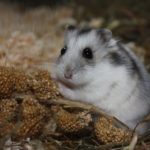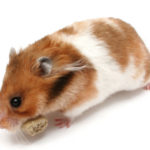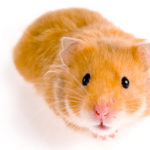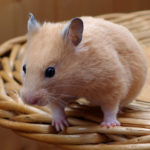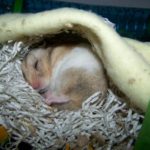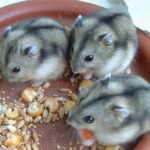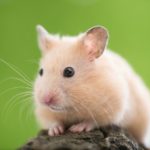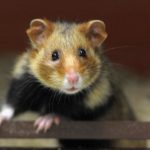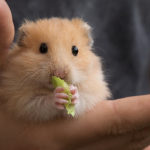Hamsters
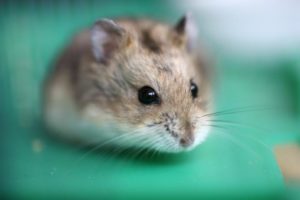 Hamsters belong to the detachment of rodents. Although several other species are known, most often at home they keep a golden hamster.20 species of hamsters the size of a mouse or rat are common throughout the world. They have a squat body and a short tail , Build underground dwellings in the steppes, deserts and fields. All modern golden hamsters are descendants of 13 animals discovered in the Middle East. The professor who found them was looking for a “Syrian mouse”, which was kept in cages by children in Ancient Assyria.
Hamsters belong to the detachment of rodents. Although several other species are known, most often at home they keep a golden hamster.20 species of hamsters the size of a mouse or rat are common throughout the world. They have a squat body and a short tail , Build underground dwellings in the steppes, deserts and fields. All modern golden hamsters are descendants of 13 animals discovered in the Middle East. The professor who found them was looking for a “Syrian mouse”, which was kept in cages by children in Ancient Assyria.
The number of golden, or Syrian, hamsters in captivity is now much greater than in the wild. Syrian golden hamsters in the natural environment dig underground holes where they live alone. They go out in search of food in the morning or in the afternoon, eat leaves, seeds and fruits, as well as animal food. In natural conditions they are struggled with as pests of agriculture, therefore their number in nature is under threat.
The hamster has a very beautiful tricolor coloring. It collects a huge amount of stocks for the winter. There were found storages in which a hamster has a reserve of 90 kg of food – hundreds of times its own weight! Every two days the animal awakens from hibernation to refresh itself.
Once hamsters lived in the dry steppes of Eastern Europe and Central Asia. However, they adapt well to changing conditions and have now mastered cultural landscapes. Farmers are not too happy about this, since hamsters sometimes do considerable damage. They eat grains and carrots, peas and potatoes – everything that grows on the zeros. Especially the damage is great in the years when the number of hamsters sharply increases. The number of hamsters varies sharply from year to year.
With an abundance of food and favorable weather, the animals multiply very quickly. They bring offspring twice a year, sometimes up to 12 cubs in one litter. At 3 months they are already sexually mature and also acquire offspring. In “hamster” years, animals can be seen more often than usual, but even then it is not very simple. Hamsters emerge from the burrows at dusk and at night. It is easiest to wait for them in the fall, when they make provisions for the winter in their underground storerooms. Time is running out, and hamsters have to work during the day, forgetting about caution.
And then you can see in the hamsters cheek pouches. In them the animals lay grains and pieces of plants. Having loaded bags to the point of failure, they run to the hole and spread their cargo into the pantry. In the burrow there is a nest chamber where one or several moves lead. The main enemies of the hamster are predatory birds and owls, as well as ermines and ferrets. Hamsters live up to 4 years. A close relative of an ordinary hamster is a golden hamster. He is less than a hamster and lives in a completely different environment, in one small area in Syria.
About 16 species of rodents from Central and South America are called fish-eating hamsters. The basis of their nutrition is, if not always fish, then necessarily a variety of aquatic animals: mollusks, crabs, tailless amphibians. The horned hamsters (Phodopus) are characterized by thick fur, which also covers the soles of the hind legs, small in size (up to 10 cm) and very short tail. Two species of this genus are known, which in general are very similar. The Jungar hamster (Ph. Sun-gorus), inhabiting the steppes and semi-deserts of Central Asia, Southern Siberia and Northeastern Kazakhstan, is better studied.
